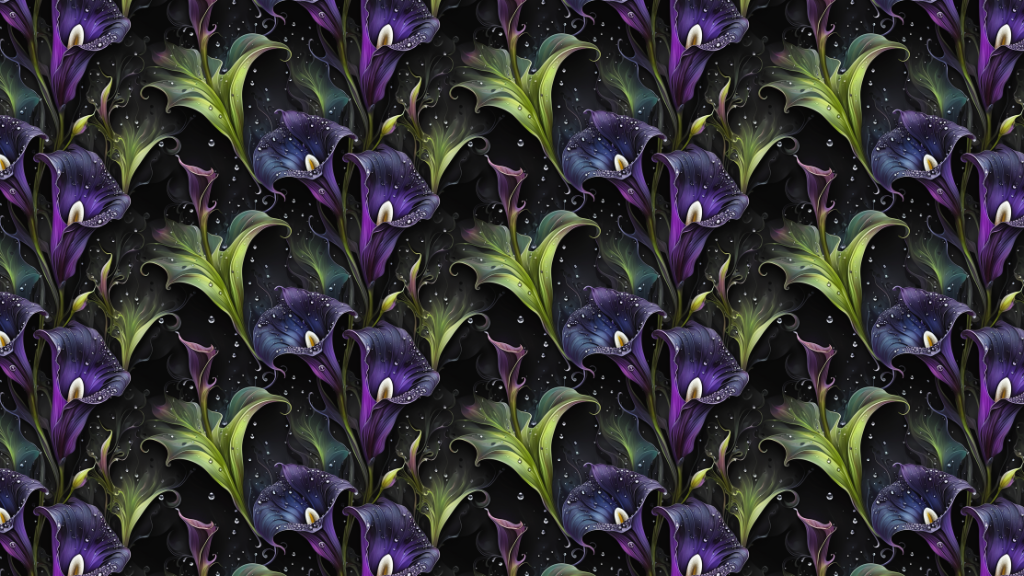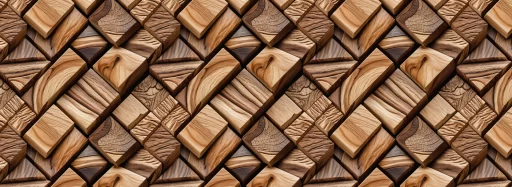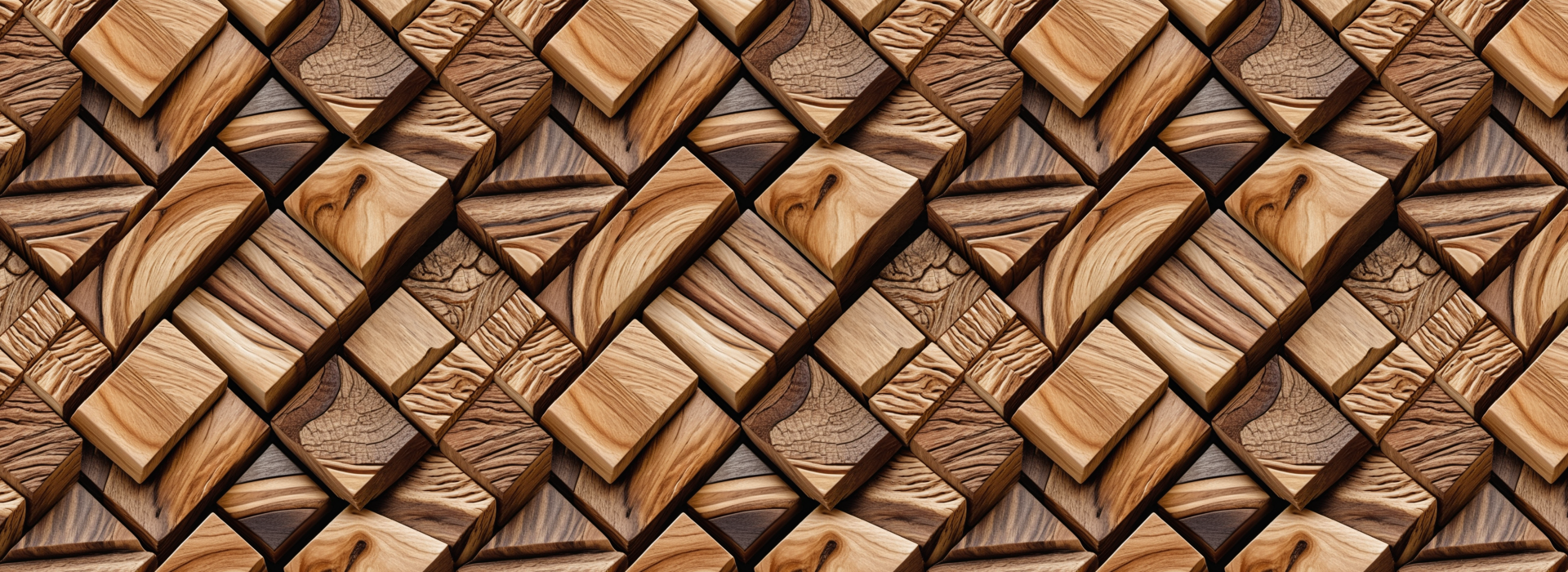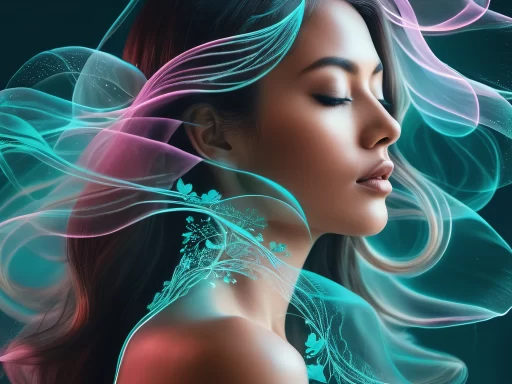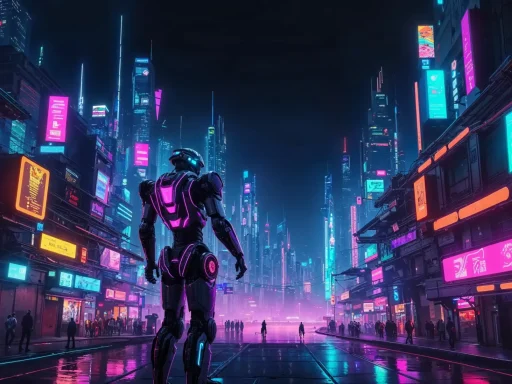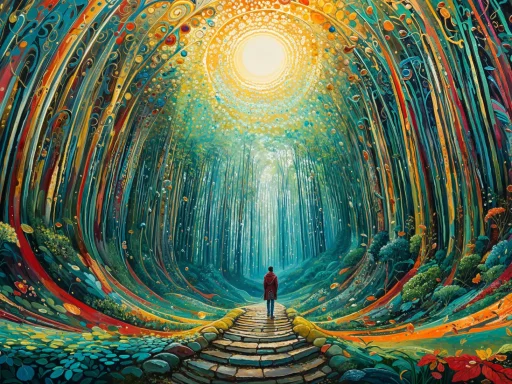With the recent release of Tengr.ai version 0.8.3, we are excited to announce two new styles: InfinyWeave and InfinyPattern. These styles are crafted to —just like their names suggest —help you easily create tileable, seamless pattern images. We truly believe this is a valuable addition to Tengr.ai’s already versatile built-in style collection.
In one of our previous blog post, we discussed and showed you each style in detail, with examples. Now, it’s time to explore these two new additions and see what they can offer. We really hope you’ll enjoy using them as much as we do, and they’ll help you in your creative design projects.
However, we would like to mention that these styles are experimental, meaning that they are not yet in their final versions. We will do our best to continuously improve them based on the feedback we receive from users. Therefore, your input is invaluable to us. That is what helps us constantly improve our platform. Now, let’s take a look at these new styles:
Understanding InfinyWeave and InfinyPattern:
Both styles are designed to create seamless, tileable images. This means you can repeat these images without seeing any borders or breaks, which would disturb the visual. Consequently, this makes them perfect for creating wallpapers, fabrics, game backgrounds, etc.
Moreover, it seems to us that this addition to Tengr.ai’s style collection provides new possibilities for graphic designers, 3D artists, illustrators, game developers and many other creative people. Notably, they make creating beautiful, seamless patterns much more accessible. This user-friendly approach makes it accessible even for people without advanced skills. So, basically, anybody can create these seamless patterns now, with the help of Tengr.ai. It only takes some creativity to come up with a text prompt, and after some experimenting and playing around with the different levels of Creativity and Details, anyone can get impressive results.
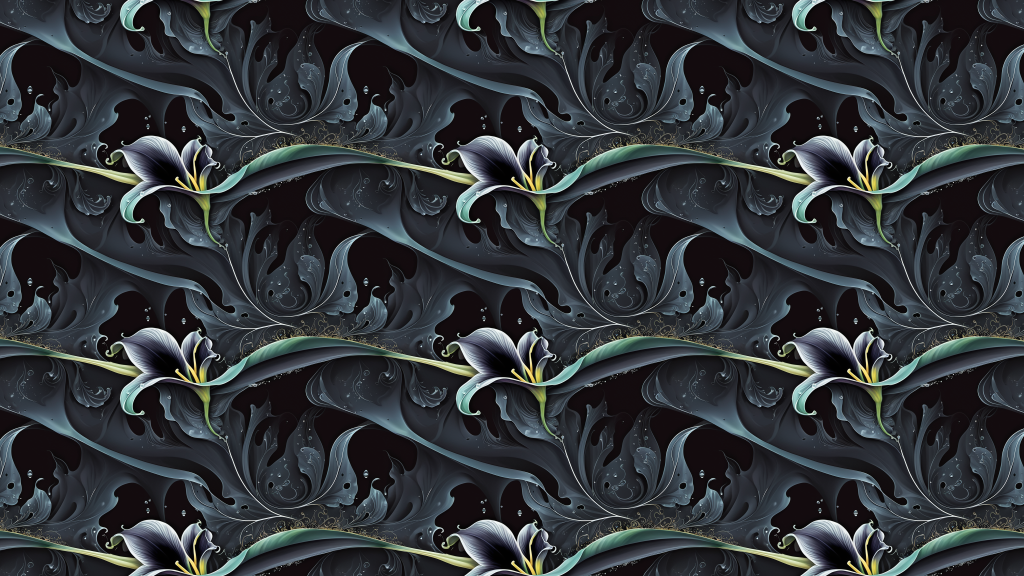
Differences Between the Two Styles:
Both of these styles focus on creating seamless pattern images, however there are some differences between them. InfinyWeave’s main focus is creating images more on the realistic side. In some cases, it produces less structured images than InfinyPattern, but they’re still seamlessly repeatable. Also, sometimes it generates more complex images, with more saturated colors compared to the other style. This makes it perfect for game designing or 3D model texturing.
On the other hand, InfinyPattern specializes in creating more graphic, illustrative images that embody the true essence of decorative patterns. This makes it perfect for fabric printing, wallpapers, etc. We’ll delve into the various use cases for these new styles later on in this blog post.
However, we must emphasize that the difference can depend on the prompt and may not always be immediately visible. Based on our observations, the differences between the two styles are often more obvious in Seer mode, where the photorealistic character of the images created with InfiniWeave becomes more noticeable. (If you aim for a more realistic representation of your image in a seamless pattern style, we advise generating it in Seer mode.)
Still, your outcome will mostly be influenced by your prompt. Try experimenting with shorter and more complex prompts as well, as this can be a good way to get the hang of the characteristics of the two styles.
Fortunately, they do well with more complex prompts as well. The Creativity and Details levels also have a huge impact on the outcome. Play around with those to get the desired result. Plus, you get 4 fairly different images, so that you can choose the one that best suits your style or vision. We’ll try to demonstrate these observations through a few examples.
Examples for InfinyWeave and InfinyPattern:
We created some patterns with Tengr.ai and then turned them into seamless patterns using Photoshop. This allowed us to better showcase them in full detail. We’ll show you each example both in InfinyWeave and InfinyPattern style.
As a first example, we chose a cute and simple pattern of whimsical forest animals, which would be appropriate in wallpaper or fabric design, but on packaging paper would also look great. Kids would love it on stickers as well. Our first prompt was short: ‘Whimsical cute forest animals.’ We used Seer mode, set Creativity and Details to 3 and these are the results:
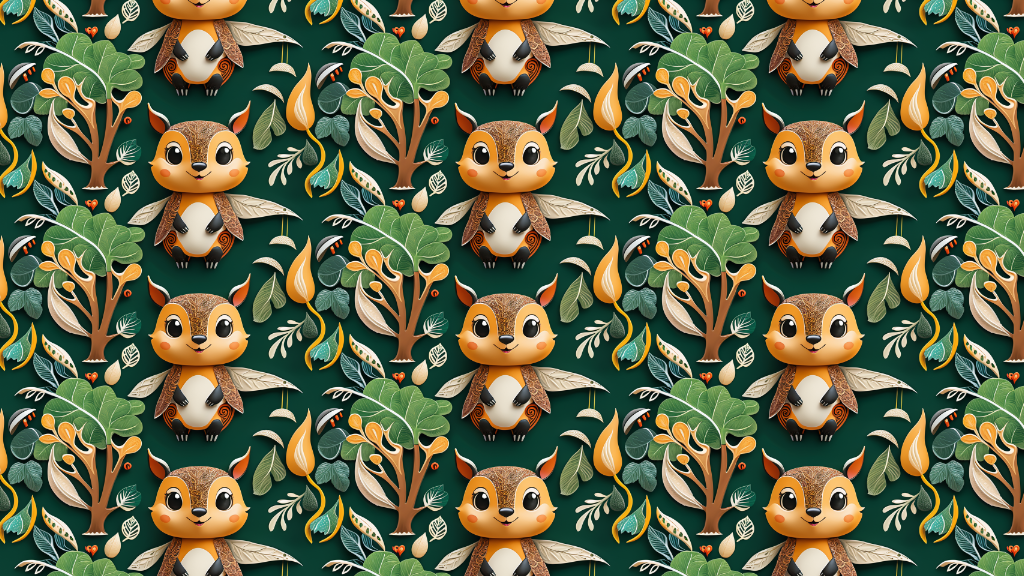
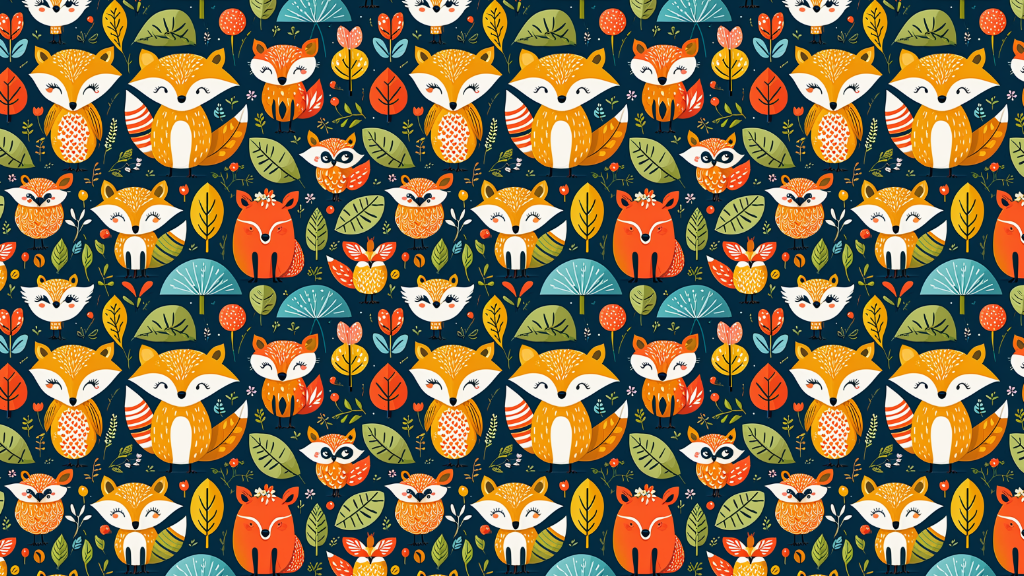
We’ve brought you a few flowery examples as well:
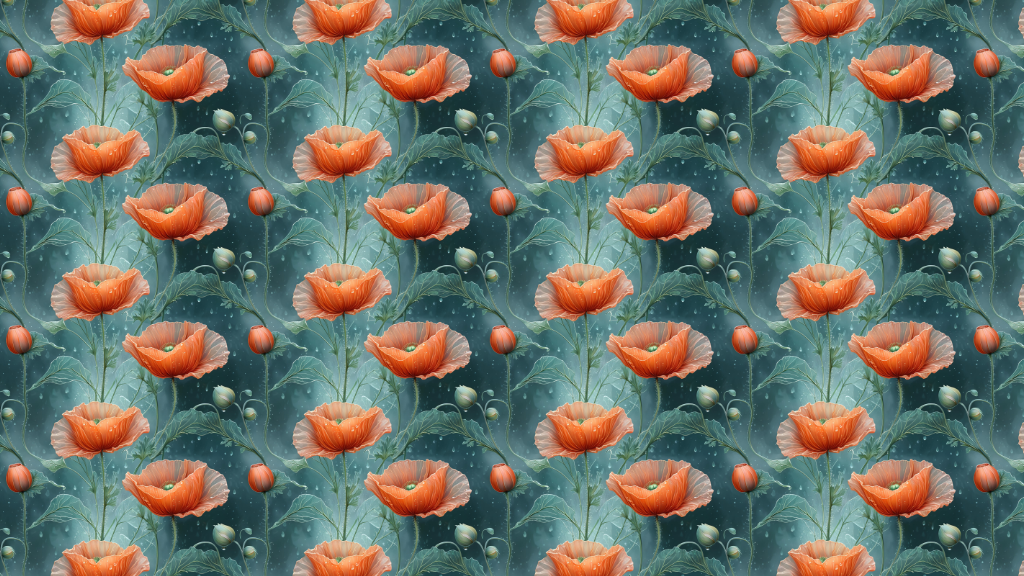
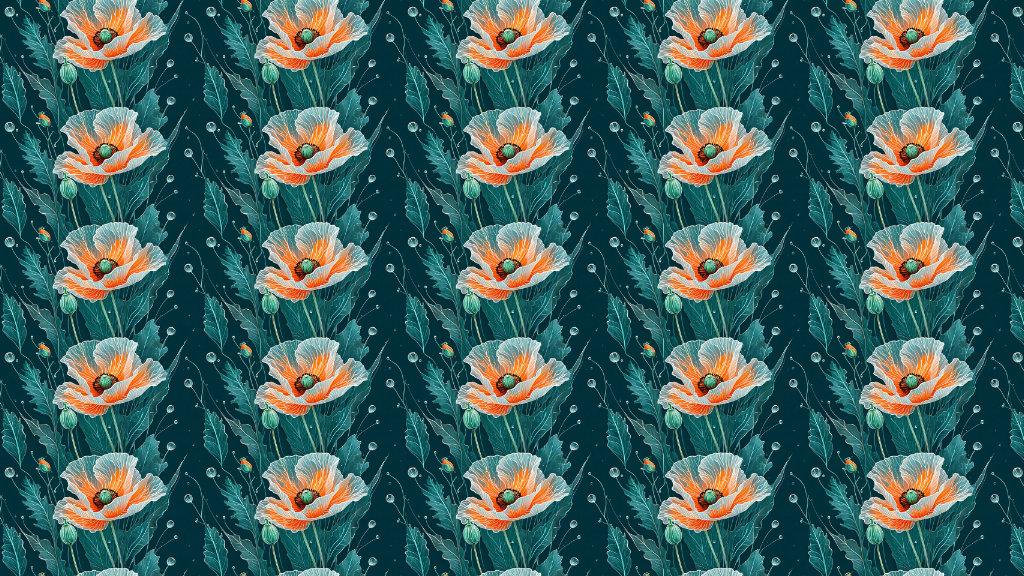
In the case of the poppies, the difference between the two styles is quite noticable. The one created with InfinyPattern resembles a pattern in the true sense of the word, while the one made with InfinyWeave keeps its photorealistic character. Both results are amazing.
Let’s see more examples. We wanted to try something unique, so we created a salt flower (a flower made out of salt crystals). The results were stunning. The flowers turned out amazing with these pattern styles as well.
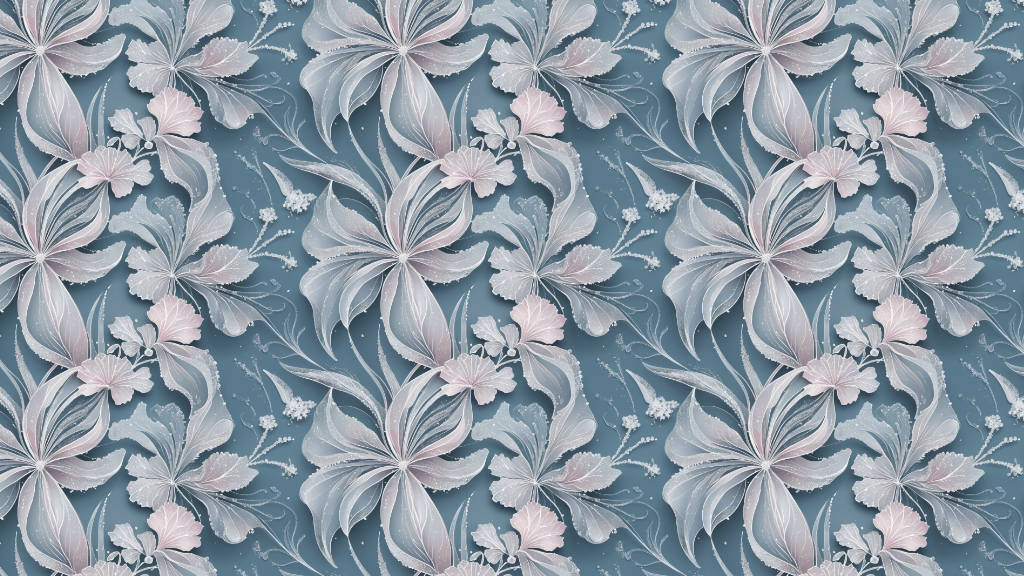
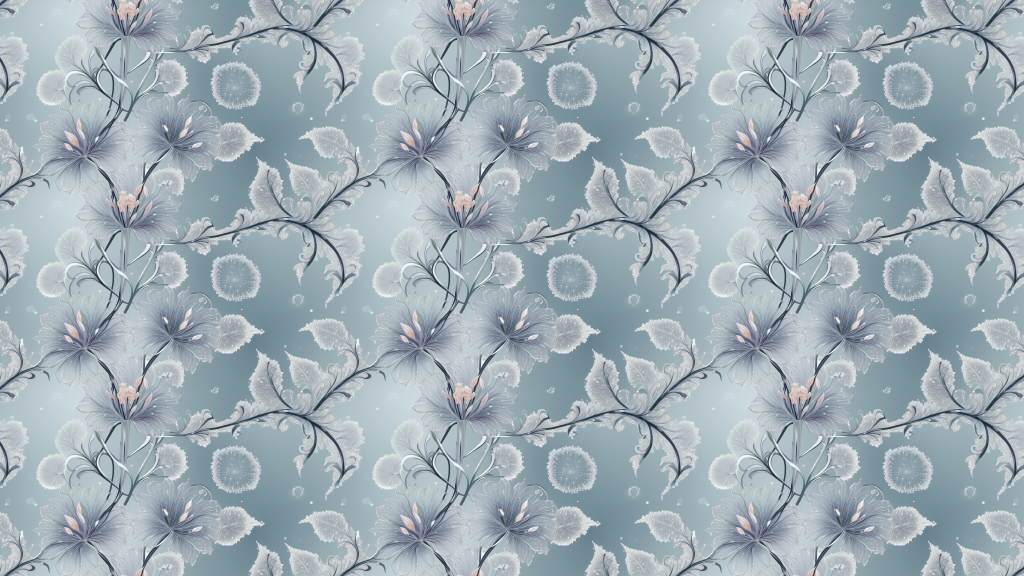
We had this prompt: ‘A surreal cityscape where skyscrapers are made of intricately patterned stained glass, each building reflecting the vibrant hues of a neon sunset, with floating islands and bridges connecting the dazzling structures in a fantastical urban labyrinth.‘ Using Seer mode, with Creativity and Details set to 3, we created some really interesting and unique stained-glass effect patterns:
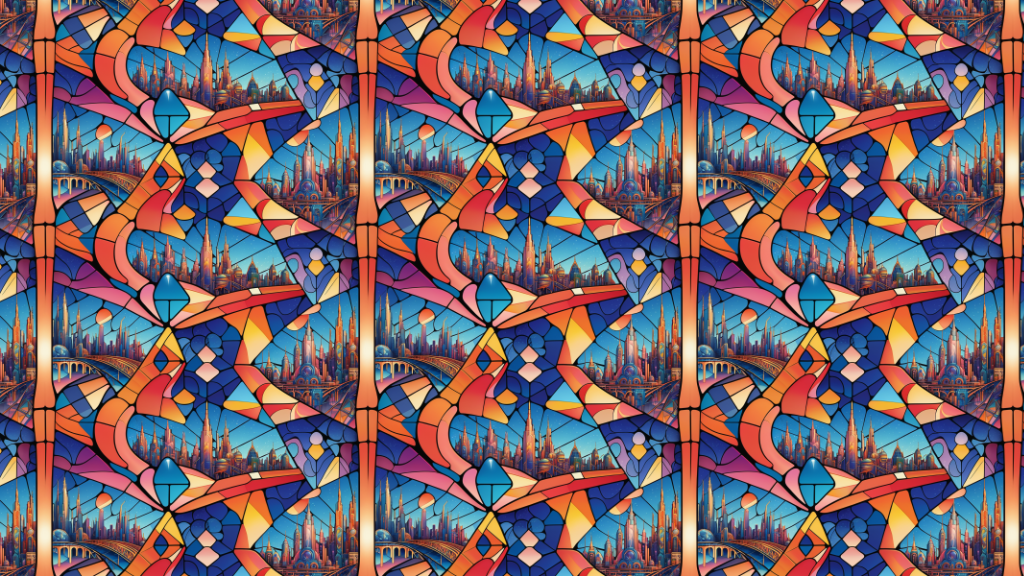
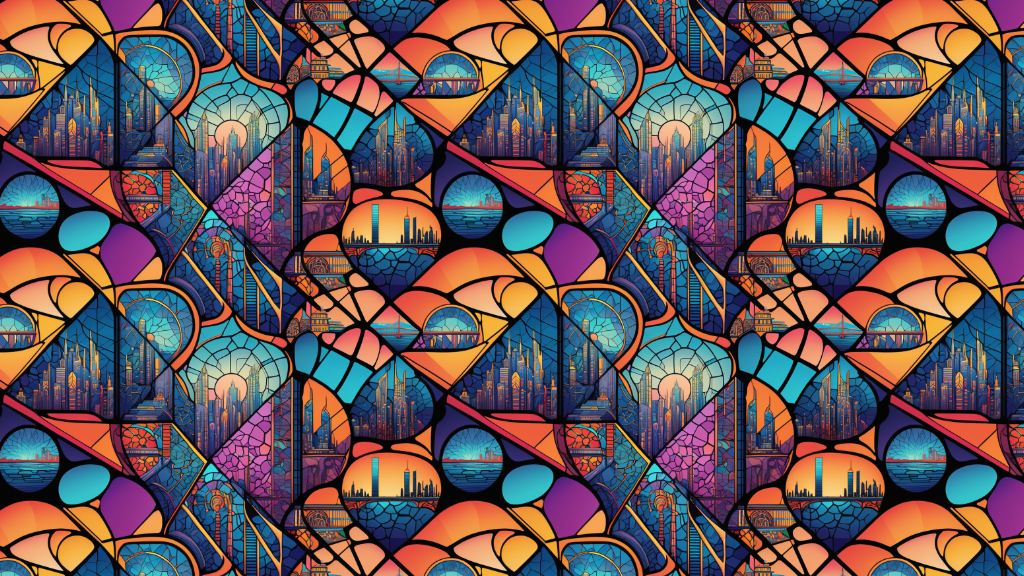
We wanted to see how these new styles handle prompts that contain faces and portraits. So, in Servitor mode, we entered the prompt: ‘Cyberpunk portrait, surrealism, dripping alcohol ink background.’ We set the Creativity and Details levels to 3, and we were positively surprised by the stunning results.
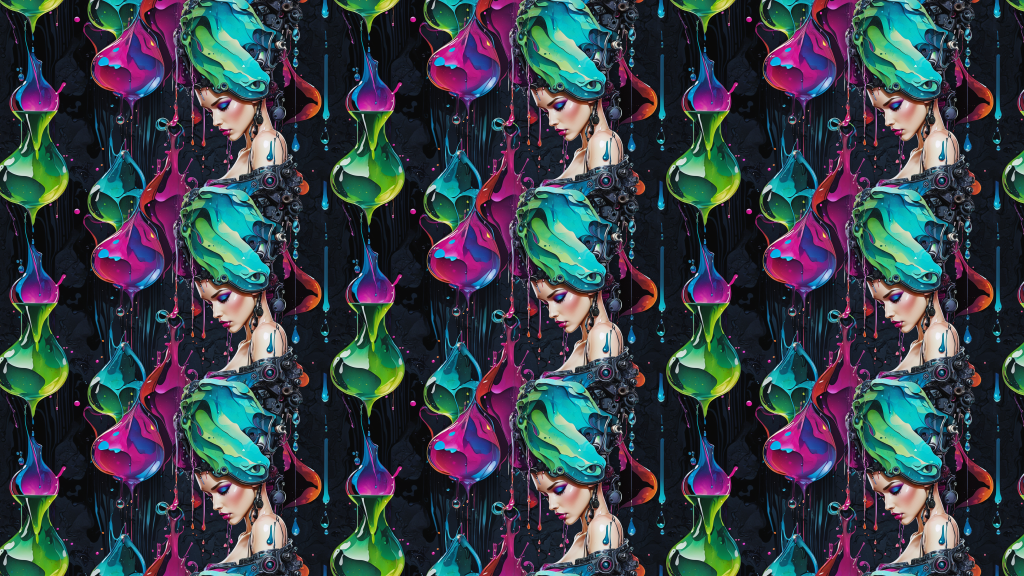
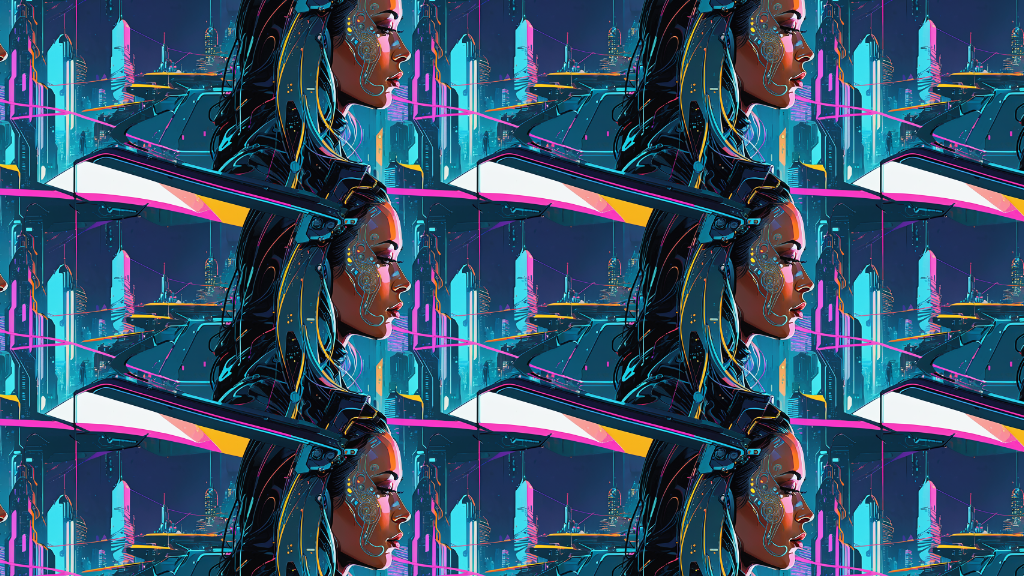
Use Cases for Both Styles:
The fact that InfinyWeave and InfinyPattern are so versatile, makes them perfect for a wide range of creative projects. For instance, you can use them for designing unique and intricate patterns for custom wallpapers and different fabric applications like clothing, curtains, bed linen, tablecloths, throw pillows, fabric wall art, drapes, home décor, and other textile projects. But it’s not just about textiles. These patterns are also fantastic for posters, stickers, packaging designs, marketing, advertising materials, social media content, or anything you can imagine that needs eye-catching designs.
These styles can help graphic designers create visually appealing designs with minimal effort for various creative projects.
Likewise, illustrators could find these styles useful for crafting amazing patterns for children’s books, educational materials, and many other illustrated works.
Furthermore, game developers can use them to create backgrounds and textures for their games. They can create high-quality visuals that enhance the overall experience of their games.
3D artists can benefit, too, as they can easily create detailed and realistic textures for their 3D projects.
In short, the possibilities are endless.
Currently, these styles work only from text prompts, they cannot be used from existing images yet. This feature may be added later. So, if that’s something you’re interested in, stay tuned for upcoming updates. While these styles are already impressive and useful, we know that there’s still room for improvement. We’ll continue to improve them based on user feedback. This means that they’ll become even better over time.
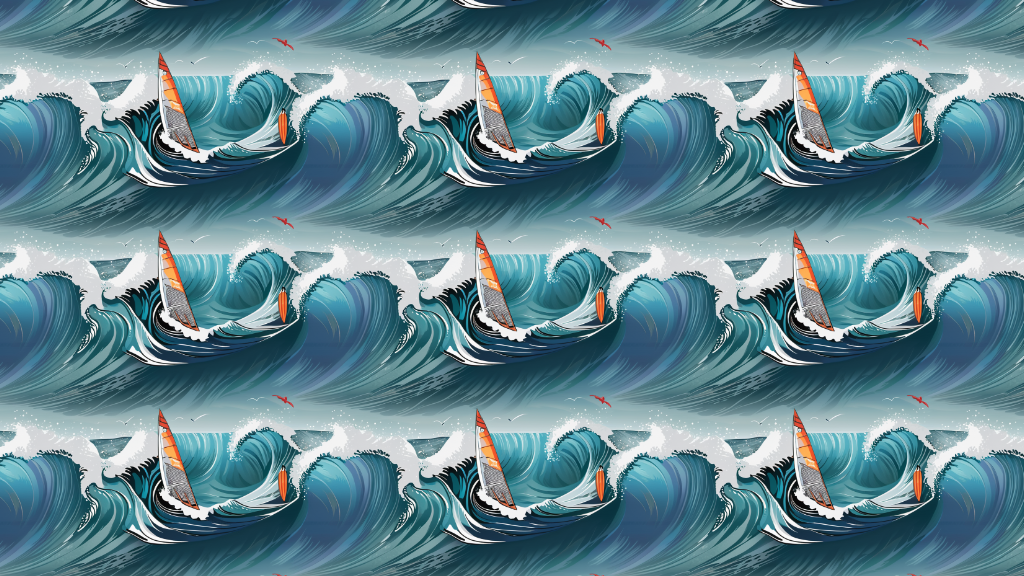
Conclusion:
To summarize, InfinyWeave and InfinyPattern are exciting new additions to Tengr.ai, giving you another powerful tool to enhance your creative projects. They demonstrate just how much Tengr.ai can boost creativity and support creative work, making it easier and more efficient.
We’re honestly excited about the amazing potential they have. We can’t wait to see how you use them in your projects.
Again, your feedback is invaluable in helping us improve these styles. Please try them out, experiment with them, and share your creations in our Facebook community group. Together, we can make these tools even better.
